Assessment of food insecurity and dietary diversity in the Okavango Delta and the potential contribution of indigenous foods
M. S. NNYEPI, B. N. NGWENYA AND R. MAJELANTLE, UNIVERSITY OF BOTSWANA, BOTSWANA
Abstract: Food insecurity, dietary diversity and the availability of indigenous food plants were studied using survey data from 296 households in five villages in the Okavango panhandle. The Household Food Insecurity Access Scale and the Dietary Diversity Score (DDS) Questionnaires were administered to adults with responsibility over households’ food. Only 2% of households were food secure while 12.5% and 85.5% were mildly and moderately food insecure respectively. DDS was low, with a mean score of 5 from a possible of 12. Compared to 97.3% of households reporting intakes of cereals only 30-38% of households reported intakes of vegetables, meats, and dairy groups in the past 24 hours. At 30%, fish intake was high and reflective of riparian livelihoods. The consumption of fats lipids and sugars was atypically high and possibly suggestive of nutrition transition. Indigenous fruits, tree-nuts, tubers, and leafy-vegetables were available seasonally. The contribution of leafyvegetables and tubers to households’ food was described as substantial
Keywords: Food insecurity, Dietary diversity, Okavango River, Indigenous foods, Veldt foods, Rural areas, Veldt Resources
